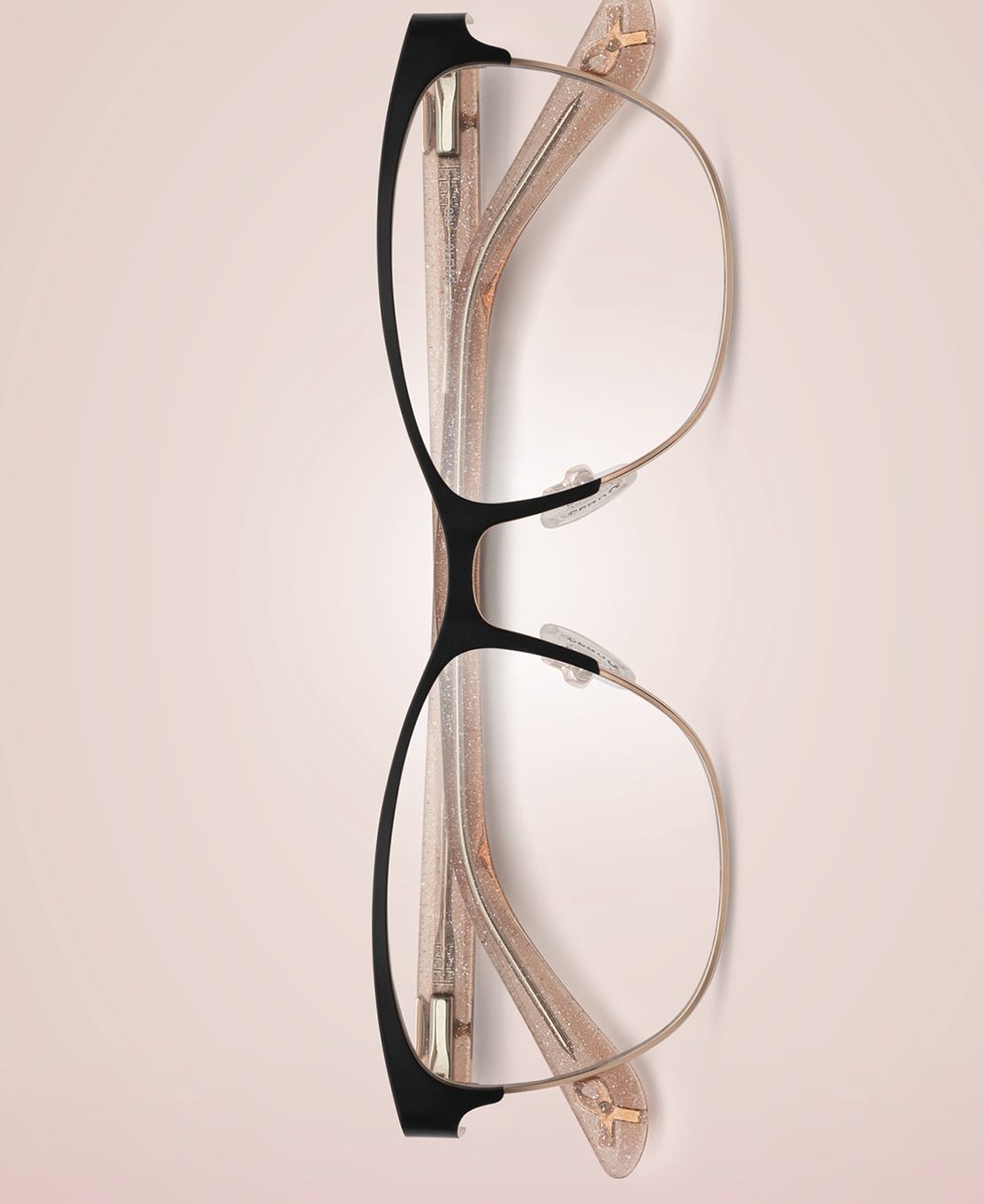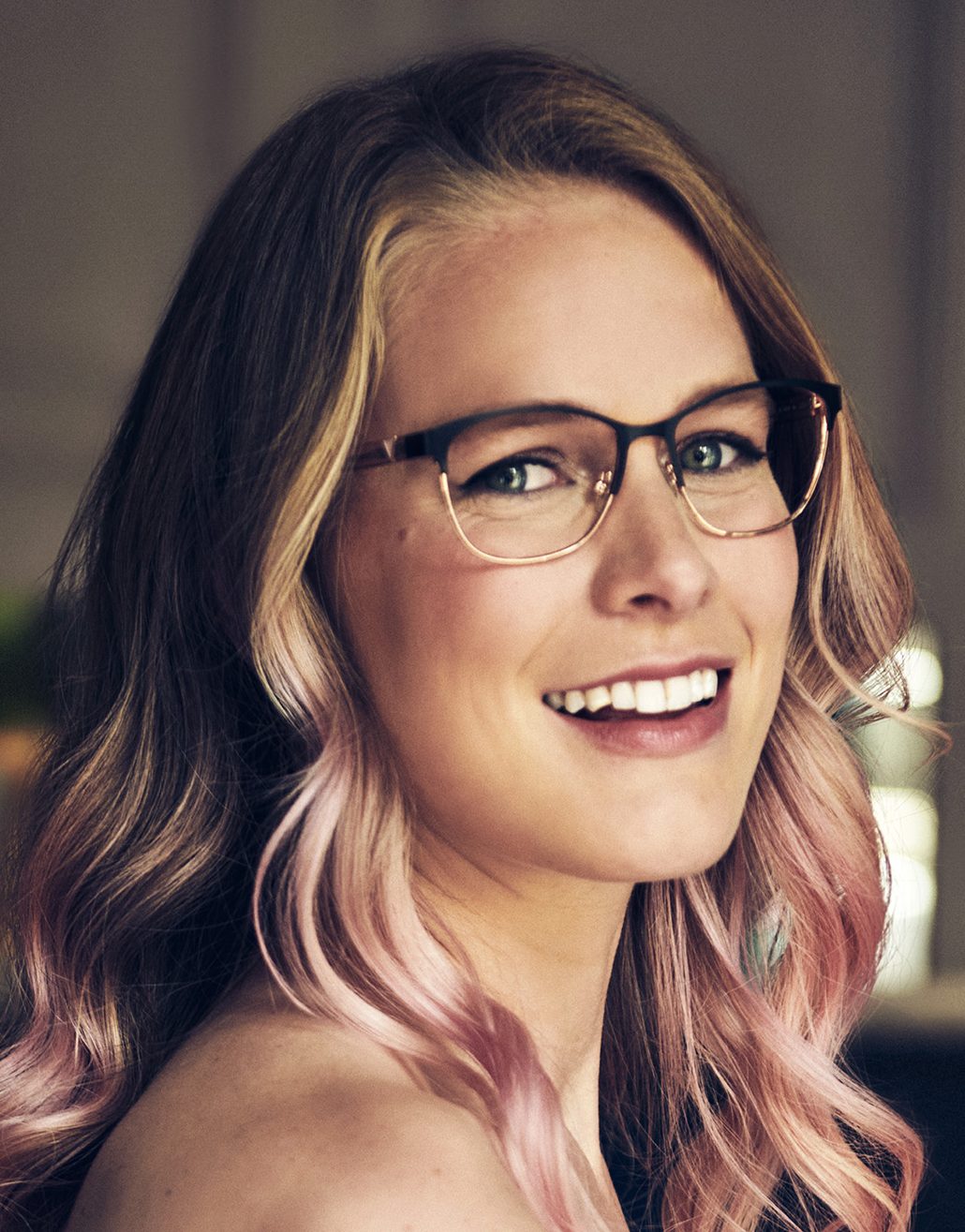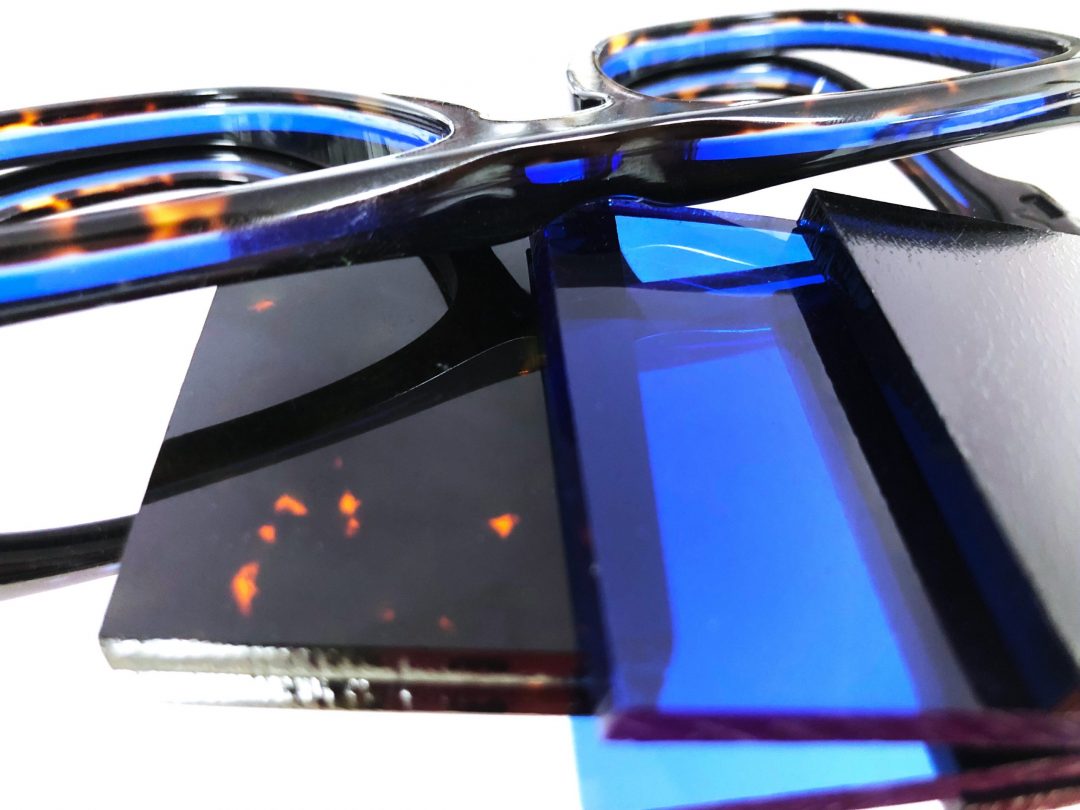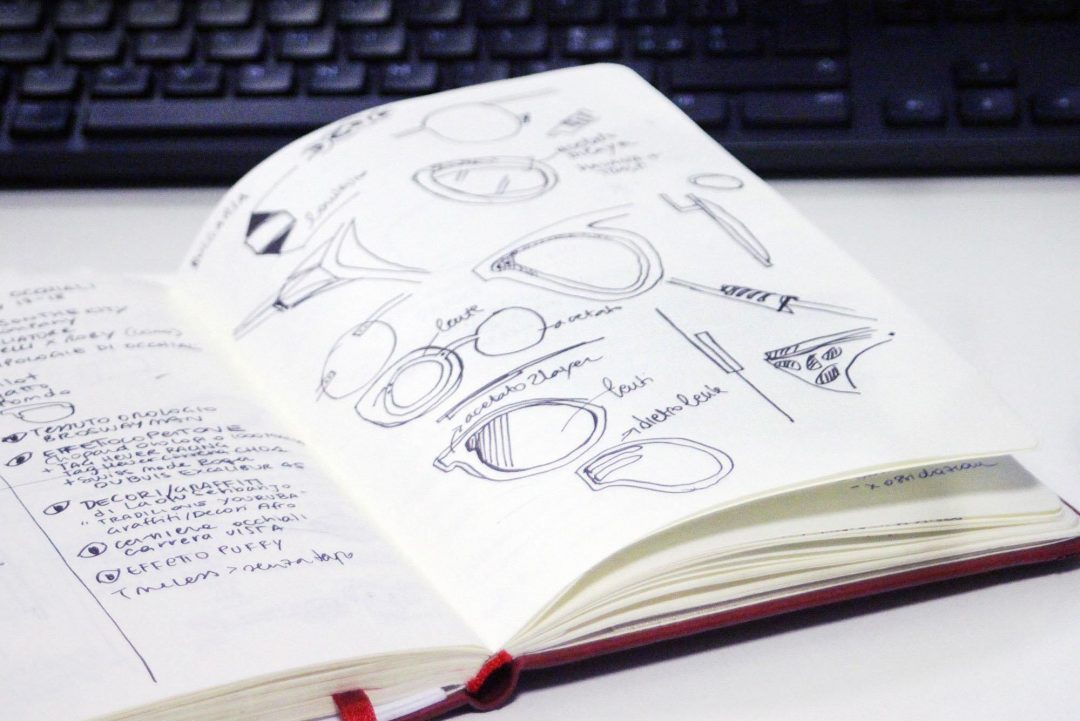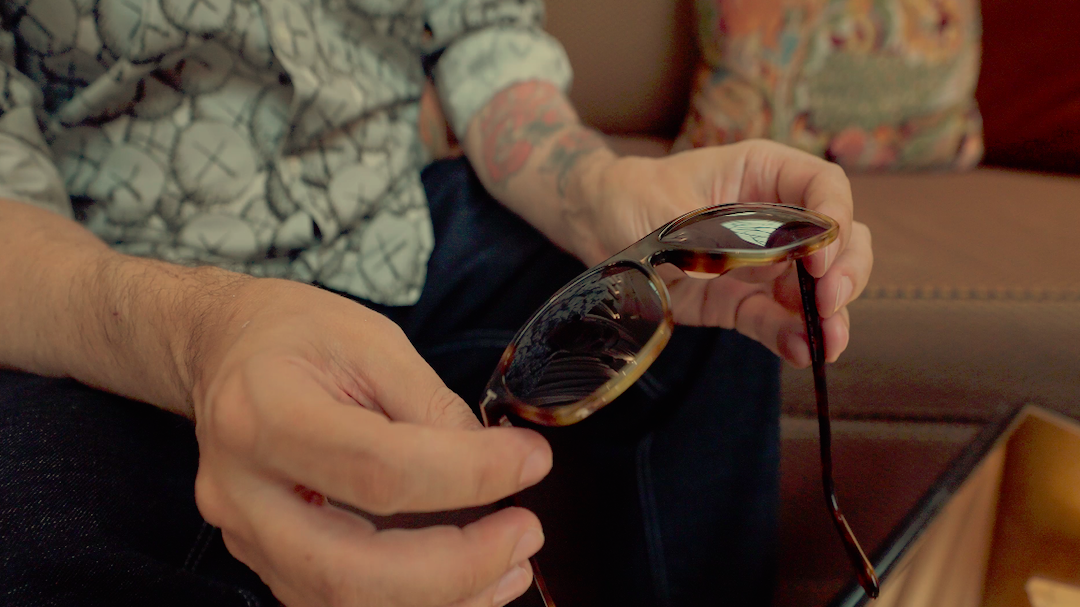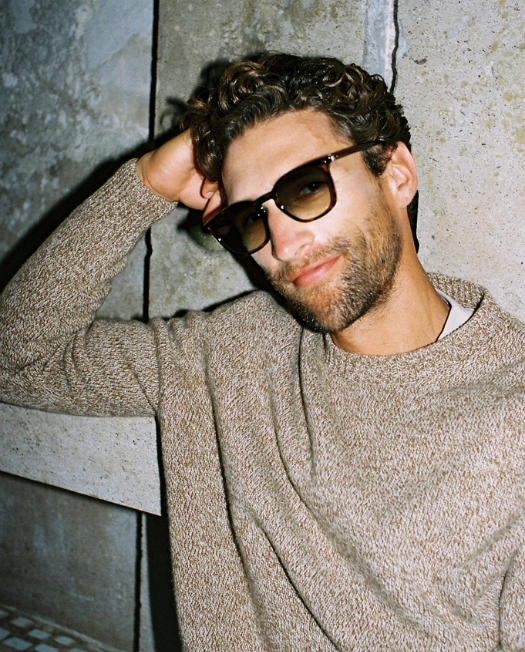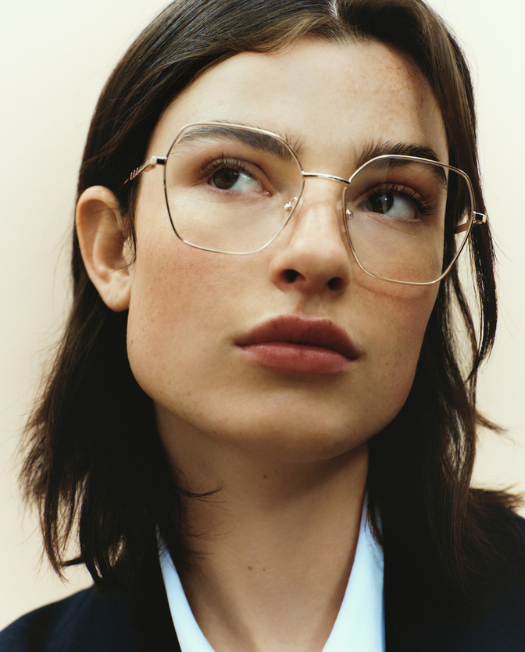Also this year Marcolin was among the players attending Silmo Paris, the international fair dedicated to optics and eyewear held every year in Paris, in the pavilions of Paris Nord Villepinte, this year in the same days of the Paris Fashion Week. Established in 1967 with 58 exhibitors in a space of 1500 square metres, the International Eyewear, Optics and Optical Equipment Exhibition has grown over the years to occupy 70,000 square meters of space with the stands of 700 exhibitors representing a total of 1500 brands.
The countries
An international event which, this year, attracted more than 30,000 visitors, 54% of whom came from abroad, for a total of 130 countries represented, among which Italy, Belgium, Germany, the Netherlands, the United Kingdom, Spain, the United States, Switzerland, Tunisia and Morocco. This year edition was dedicated to the «Silmo generation». A way to underline, after 50 years of history, the continuity and passing of the baton from one generation to another, in historic companies as well as in younger and smaller ones.
Marcolin booth
It is within this context that, through the inevitable yellow catwalk and the scenographic touch of the large, coloured spheres at the entrance, Marcolin’s booth stood out for the elegance of its black&white and the creation of unique corners within it. In which the eyewear, the true protagonist of this great event, are presented broken down into the smallest details and carefully recomposed within paintings displayed inside the booth. And thus tell the visitors the story of great manufacturing capacity of the company based in Longarone.

Highlights
Among the novelties presented by Marcolin, Tom Ford Eyewear includes a new interpretation of the iconic Whitney frame, one of the cornerstones of the brand. The refined «infinity cross», which creates the butterfly effect on the front, is the stunning magnetic element of a design with great visual impact that has made the Whitney a favorite of several celebrities. The style is presented in four new versions, including a limited edition in ultra-light gold or platinum-plated titanium. Zegna Eyewear comes up with a frame inspired by Oasi Zegna, the headquarter in the Italian Alps that concretizes the brand’s aesthetic and philosophical principles. The frame, featuring the iconic 232 Road Brand Mark, embodies all the values that distinguish the recent re-branding of Zegna. Guess Eyewear presents a new pair of sunglasses made of bio-based material that expresses the brand’s contemporary character through trendy style. Max Mara Eyewear showcases a modern silhouette for acetate sunglasses with bold volumes, designed to celebrate the 10th anniversary of the brand’s iconic Teddy Bear coat. Adidas Sport Eyewear introduces a new full-rim Performance frame born from the fusion of design and technology. WEB Eyewear, Marcolin’s house brand and an official eyewear partner of Alfa Romeo F1® Team, unveils the new aesthetic principles of the brand: transparency and contemporary design.


